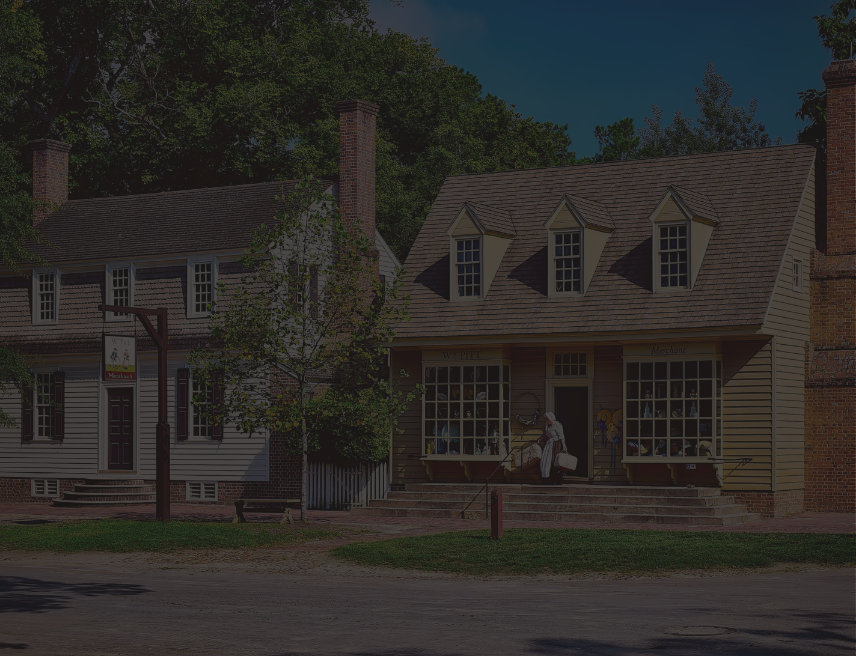methodist sites in colonial williamsburg
BRUTON PARISH CHURCH
Famed English evangelist George Whitefield (1714-1770), a friend and rival of John Wesley, preached at Bruton Parish in December 1739 - Williamsburg's first known encounter with the Great Awakening. Whitefield created no great stir, however, in the heavily Church of England/Episcopalian colonial capital of America.
THE CAPITOL
Joseph Pilmore, sent as one of the first two lay missionaries to the American colonies by John Wesley, preached in the baking heat of the Capitol yard in August 1772. Courteously received by the rector of Bruton Parish, Pilmore lodged with Elkanah Deane, coachmaker, in his home on the Palace Green, and took to preaching nearby in the sweltering Playhouse (not reconstructed). The Methodist "society" for which Pilmore stridently called would take root over the coming years.
THE COURTHOUSE
Francis Asbury (1745-1816), prominent evangelist (and eventual Bishop of the new Methodist Episcopal Church), opted to preach on the stairs on the Courthouse steps after the keys to the public building reportedly could not be found, on December 17, 1783. This was Asbury's second visit to Williamsburg. After his first in December 1782, he wrote matter-of-factly of the former colonial and state capital (and stalwartly Episcopalian community) that its "worldly glory is departed from it; as to Divine glory, it never had any."
THE OLD PARSONAGE
An early parsonage was built in 1926 and housed Methodist ministers and their families until 1964. This fine building is still standing at its original location in Merchants Square, and presently houses a shoe store.
BROWN HALL
Brown Hall was built in 1930 by the Virginia Annual Conference as a dormitory for newly-admitted female students of the College of William and Mary. Named for a prominent Methodist family of Williamsburg and Lynchburg, it addressed the concern in an era of increasing co-education that young Methodist women have a proper home at the state-supported college. The nearly 100-year-old residential building is presently undergoing renovation to become a multidisciplinary academic facility focused on addressing global issues. It will be named for William and Mary alumnus and current chancellor Robert Gates, Secretary of Defense under both George W. Bush and Barack Obama. (Dr Gates also once served as Assistant Scoutmaster of WUMC’s own Scout Troop 103, and maintains a friendly rapport with that 100-year old unit.)
THE WESLEY FOUNDATION
The United Methodist Campus Ministry at the College of William and Mary began its worthy work in the 1920s, and in 1964 moved to a new and “permanent” space: a 19th-century house at 526 Jamestown Road, right next to the present site of our Church. The Wesley Foundation serves and houses students of the College at this location and is served by minister Rev. Ryan LaRock.





